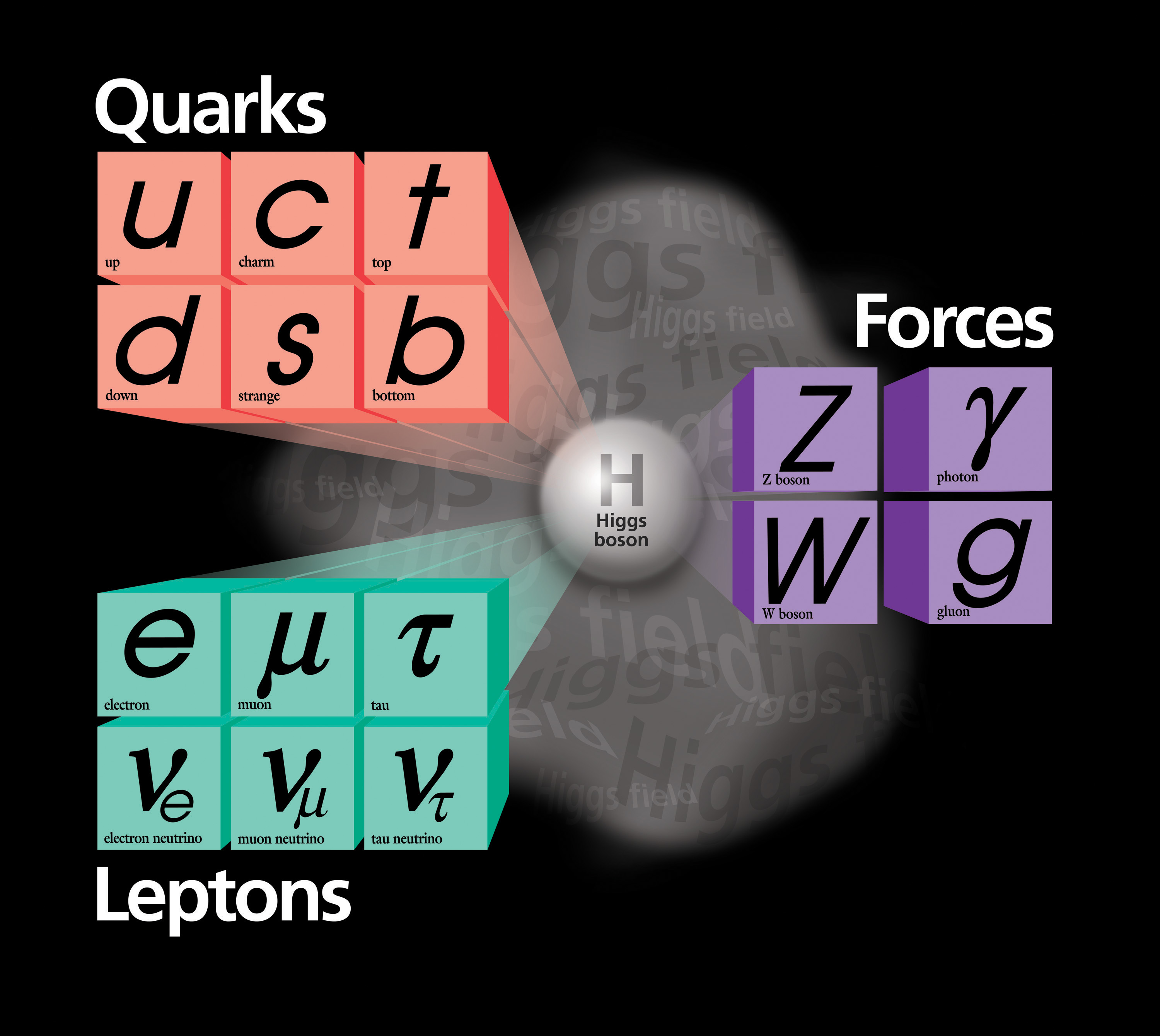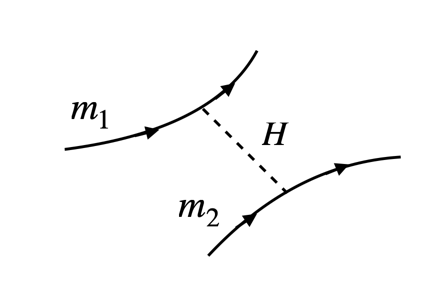Outreach

According to the Standard Model of particle physics, elementary particles are organised in 3 families of quarks and leptons. Their strong, electromagnetic and weak interactions are described through the gauge principle. This principle tells us that each interaction is associated to a specific local symmetry of the quantum fields. In particular, particle interactions are represented by the exchange of spin-1 mediators known as gauge bosons. According to Quantum Mechanics the mass of the gauge boson is inversely proportional to the range of the corresponding interaction. Electromagnetic interactions have infinite range, and are mediated by the massless photon. Strong interactions, although mediated by massless gluons, are confined within nucleons (proton and neutrons), and, therefore, have very short range. Weak interactions have also short range, and this implies that their mediators are heavy, as indeed observed experimentally. The mediators of the weak force, the W and Z bosons, were discovered at the CERN SpS in 1983. They have masses of about 80 and 91 GeV/c^2, respectively.
The picture of elementary particles and their interactions is mathematically consistent as long as the exchanged boson is massless, or equivalently, as long as the electroweak symmetry is exact, but this is not what we observe experimentally. The solution to this problem is provided by the concept of spontaneous symmetry breaking. According to this concept, which is borrowed from statistical mechanics, the electroweak symmetry remains a symmetry of Nature but is not realised in the particle spectrum, and it is broken by the vacuum. When the broken symmetry is local the so called Higgs mechanism comes into play. The existence of the Higgs mechanism has been postulated by Peter Higgs, Francois Englert and Robert Brout in the sixties, but the associated particle, the Higgs boson, has been discovered only many years later in 2012 by the ATLAS and CMS collaborations at the CERN Large Hadron Collider, crowning the Standard Model as the theory of elementary particles.

More than ten years after the Higgs boson discovery, we can still say that the Higgs boson is to some extent the most important and mysterious particle in the Standard Model. It appears to mediate a new kind of force, the Yukawa interaction, which is proportional to particle masses. This force is similar to the gravitational force, although, contrary to it, has short range. The strong and electroweak interactions are mediated by vector bosons, while the Yukawa interaction is mediated by a scalar (spinless) particle !
Several questions arise at this point, for example:
- Is it the Higgs boson elementary ? If not, its size could be controlled by the mass of new hypothetical resonances.
- Is it unique ? A single Higgs doublet field seems sufficient to give masses to all elementary particles. But more Higgs doublets are in principle possible and might have implications for baryogenesis, or be related to dark matter.
More generally, the Standard Model is not expected to be the ultimate theory of Nature, since it does not describe gravitational interactions, it does not have a suitable dark-matter candidate and it does not explain the observed amount of matter-antimatter asymmetry. Nonetheless, despite the fact that new physics is expected on general grounds to be not too far away, the Standard Model works extremely well, and no clear deviation from the Standard Model picture has been observed so far.
The discovery of new physics at high-energy colliders might proceed either through the direct observation of new particles, or indirectly through their impact on known processes, measured to high precision. The lack of direct signatures of new phenomena underlines the importance of precision measurements, and, from the theory side, of precision calculations.